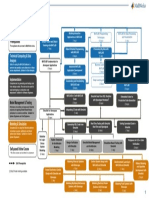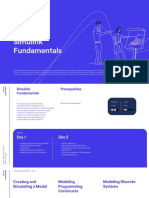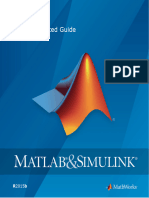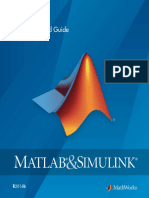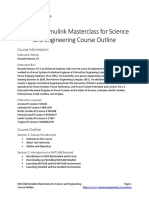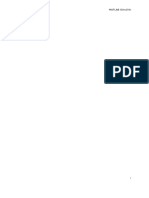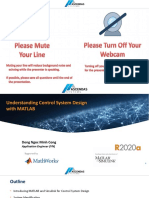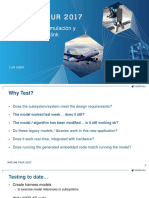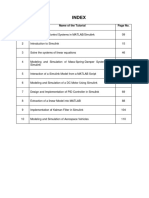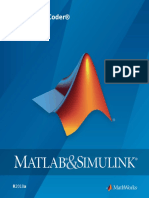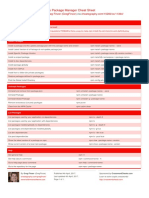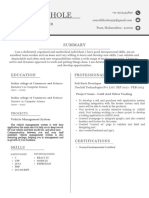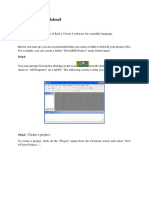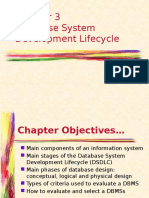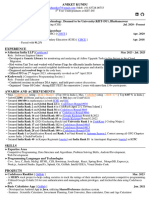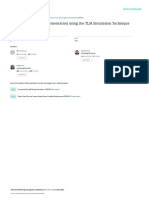0% found this document useful (0 votes)
227 views3 pagesSimulink Model Management and Architecture: Course Title
This two-day course teaches techniques for applying Model-Based Design using Simulink models in large projects. Topics include implementing interfaces, managing requirements and files, model architecture, and documentation.
Uploaded by
P Praveen KumarCopyright
© © All Rights Reserved
We take content rights seriously. If you suspect this is your content, claim it here.
Available Formats
Download as PDF, TXT or read online on Scribd
0% found this document useful (0 votes)
227 views3 pagesSimulink Model Management and Architecture: Course Title
This two-day course teaches techniques for applying Model-Based Design using Simulink models in large projects. Topics include implementing interfaces, managing requirements and files, model architecture, and documentation.
Uploaded by
P Praveen KumarCopyright
© © All Rights Reserved
We take content rights seriously. If you suspect this is your content, claim it here.
Available Formats
Download as PDF, TXT or read online on Scribd
/ 3

